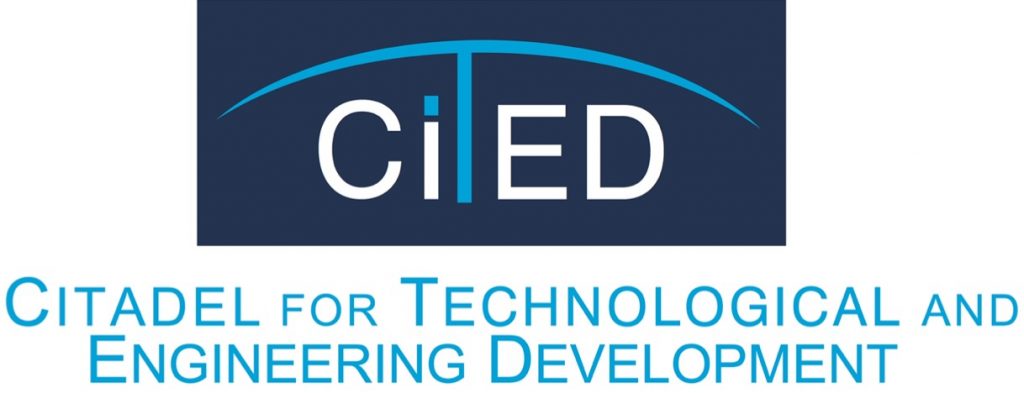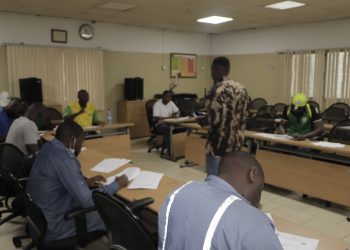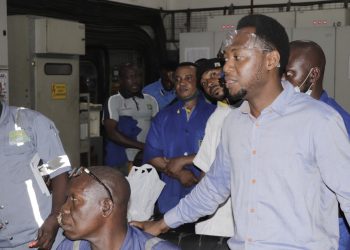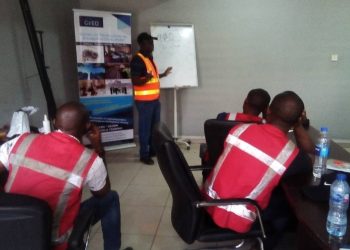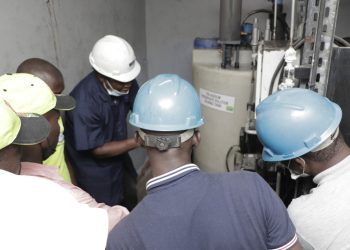Circuit breakers, fused switches, and switchgear in the form of motor Control Centres (MCC) are necessary system items for the electrical control of the electrical plant.

SAFE OPERATION & MAINTENANCE OF CIRCUIT BREAKERS AND SWITCHGEARS
Introduction:
Circuit breakers, fused switches, and switchgear in the form of motor Control Centres (MCC) are necessary system items for the electrical control of the electrical plant. The safe use of these devices and associated equipment requires correct initial selection, operation, and maintenance. It is also necessary to have a detailed understanding of how these devices should be installed, the local substation and system ratings, and how the various breakers operate, to enable accurate troubleshooting and subsequent repair.
Safe Operation & Maintenance of Circuit Breakers and Switchgear will equip participants with new or refreshed skills to ensure that circuit breakers and switchgear are installed, operated safely, and maintained in a fashion that ensures safe and stable operation. Also, they will be able to identified faults and ensure the underlying causes are identified to reduce possible further failures
Targeted Groups:
- Electricians
- Electrical supervisors
- Plant electricians
- Operations & maintenance engineers, supervisors & technicians
- Maintenance technicians
Course Objectives:
At the end of this course the participants will be able to:
- Understand the operational characteristics of circuit breakers and switchgear.
- Understand the troubleshooting procedures, as applied to circuit breakers and associated switchgear.
- Improve the capability in the use of test equipment.
- Understand the failure modes and failure analysis as applied to fuses, circuit breakers, and switchgear. Concerning air brake, vacuum, and SF6 devices.
- Gain refreshed awareness of electrical safety concerns within substations and control centers
- Determine fault levels in substations
Targeted Competencies:
- Knowledge of types of switchgear and disconnectors
- Understanding of electrical systems and their load and fault requirements
- Overview of substation layouts and equipment from 0.4 – 36kV
- Health and Safety and equipment fault voltages during earth fault conditions
- Maintenance, inspection, testing and certification of switching plant
- Understanding electrical hazards, safe working distances, and permits to work
- Recognition of unsafe situations
- Safe earthing of equipment during maintenance, lockouts and labels
Course Content:
Unit 1: The Technology of Circuit Breakers and Switchgear:
- Typical substation arrangements and MCC’s
- Definitions and terminology
- Fault level calculations
- Motor and generator fault contributions
- Low voltage equipment
- Medium voltage equipment
- High voltage equipment
- Nameplate ratings – interpretation
- CT’s and VT’s
- Basic protection requirements
- Case studies
Unit 2: Operation of Various Types of Interrupting Equipment:
- Fuses – motor starting types
- Fused switches
- Molded case type breakers
- Air break switches
- Vacuum contactors – fused
- Vacuum circuit breakers
- SF6 puffer, rotating arc devices
- Special insulating requirements for 36kV
- Solid and gaseous insulation – problems!
Unit 3: The Operation and Maintenance of Circuit Breakers and Switchgear
- Digital voltmeter (DVM)
- Oscilloscopes
- Megger
- Frequency meter
- Temperature probes/ IR pyrometers
- Ammeters
- Power meters
- Load banks
- Cable fault locators
Unit 4: Special Techniques:
- NEC checklists to ensure the correct installation
- Troubleshooting of Electrical Equipment
- Methods
- Terminology
- Principles
- Special techniques
- Single line drawings
Unit 5: The Interpretation and Use of Drawings:
- Single-line electrical drawings
- Control schematics
- Basic generic wiring lists
- Nameplate information
- Logic and standard symbols
- Step and touch potential?
Unit 6: The Development of a Job Plan:
- Identification of the troubleshooting step-by-step sequence
- Procedure preparation
- Documentation
- Follow-up
- Safety considerations and training
- Case studies
Unit 7: The Identification and Repair of Problems/ Failures:
- Common mode failures
- Phase imbalance – lost phase
- Phase sequence checkout
- Contact pitting/arcing – why?
- Load and fault rating
- Electronic component failure
- Fusing
- Switches
- Control circuits
- Ground faults – cable and busbar faults
- Case studies
- A review of Safety Requirements
- Area classifications
- Safety information

